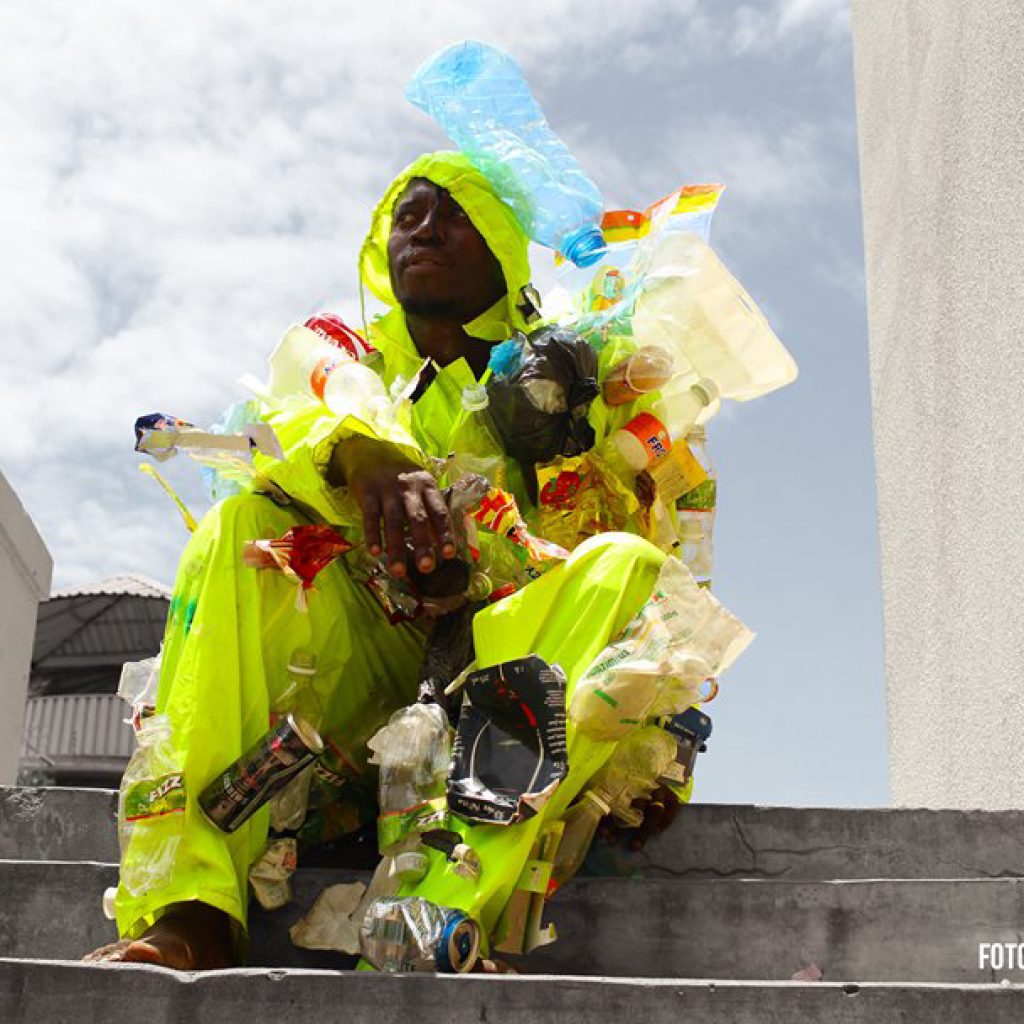“Living Art” documentary (official trailer)
Tina Krüger’s new film project, “Living Art” is an aesthetic ethnography of contemporary arts in Maputo, Mozambique. The protagonists of the film project are seven emerging artists who work in the areas of dance, painting, sculpture, music, and graffiti.
The film establishes a creative dialogue between the artist and his/her art, giving the audience space to experience the sounds and environments, the colors and movements of the intimate moment that are artistic creations. The sensorial experience is enriched by analytical moments that explore a new understanding of the connection between the different practices. Divided into three chapters, the film accompanies the artists from their preparation until finalizing and presenting their works. Living Art has gained international recognition at various film festivals in the USA, Belgium, Germany, Nigeria, Finland, and Sweden, including an award for Best Feature Film at a US-based film festival.
HAF: What was your inspiration for the “Living Art” project? How long did the project take to develop and produce?
I have been living in Mozambique for almost 10 years now and have always been aware of Maputo’s thriving art scene and to some extent been involved in it. When is started my Masters Degree in Visual Anthropology in 2015 I saw it as a chance to use the time I had for field research to dig a little deeper into this fascinating art world, to learn more about the particular aesthetics of Mozambican contemporary art and about the people making art in Maputo, their aspirations and dreams, and what inspires them in their work. Being a filmmaker, I definitely wanted to make a film about it. Tina Krüger
During my research, I found that there are very few publications directed exclusively towards the contemporary Mozambican artists and their works – especially the younger generation is underrepresented in scientific publications. That is why I decided to focus my research and the film on young contemporary artists. I asked seven artists to be part of the research and film. With my selection, I tried to find a cross-section of different art forms. The artists in the film are David Aguacheiro (installations and sculpture), Djive (painting and sculpture), Edna Jaime (contemporary dance), Idio Chichava (contemporary dance), Jazz P (rapper and songwriter), João Paulo Bias (painter), Shot B (graffiti and MC).
The film is basically a no-budget production, where I occupied all major roles in director, director of photography, camera, sound, editor, and producer. I also made the graphic materials for the film myself.
HAF: As an Anthropologist, how do you articulate an anthropological narrative for “Living Art”?
Tina: There is a growing interest among visual anthropologists to experiment with documentary film formats and styles. The film ‘Living Art’ is a sensorial approach towards visual ethnography, giving attention to the aesthetics and embodiment of contemporary art. Since both art and filmmaking are embodied practices, a sensory approach to filmmaking can communicate the embodied and aesthetic aspects of art on an experiential, rather than explanatory, level. The film challenges conventional anthropological film formats, through the near absence of the spoken word as a discursive element and through various montage techniques. The great diversity of practices is key for the project because it allows capturing the aesthetics of contemporary art in Maputo in its various forms.
You could say that the idea for the final film was to show, not tell. Above all I want to make the audience feel part of the intimate moments of artistic creation that take place on the screen, to sense the embodiment of art and to become an active part of the film with their own perception and imagination.
HAF: Congratulations on receiving Best Feature film to The Women Only Entertainment Film Festival for “Living Art”. Are you submitting this project to any other film festivals?
Tina: Thank you. I am very excited about this award and looking forward to what the future still holds for this film. Right now I am submitting Living Art to a number of Film Festivals, mostly those focused on art film and ethnographic film. Until now it has been selected in festivals in Belgium, Sweden, Finland, Germany, and the USA, and it is a semi-finalist for an award in Nigeria.
HAF: Can you talk a little about one of your first film projects, “Foreign in my own country”?
Tina: Foreign in my own country is one of my first short films. It is part of a research I have been involved in for about 7 years now. It tells part of the story of a group of about 20.000 Mozambicans who were sent to the former German Democratic Republic to learn a profession and work there. Upon their return home, this group was given the name Madjermanes – meaning ‘the Germans’. They are until today caught up in a conflict because most of the money they worked for in the GDR has disappeared and they weren’t properly paid.
The film can be seen as an excerpt of a bigger project I am working on in collaboration with Mozambican filmmaker David Aguacheiro, who has been working with this group for almost 10 years. Their story is still not at an end and we are planning to accompany them until a solution for their problem has been found.
This year “Foreign in my own country” will be part of an art exhibition dedicated to the Madjermanes in Schwerin, Germany between the 17th of September and 28th of November 2017.


